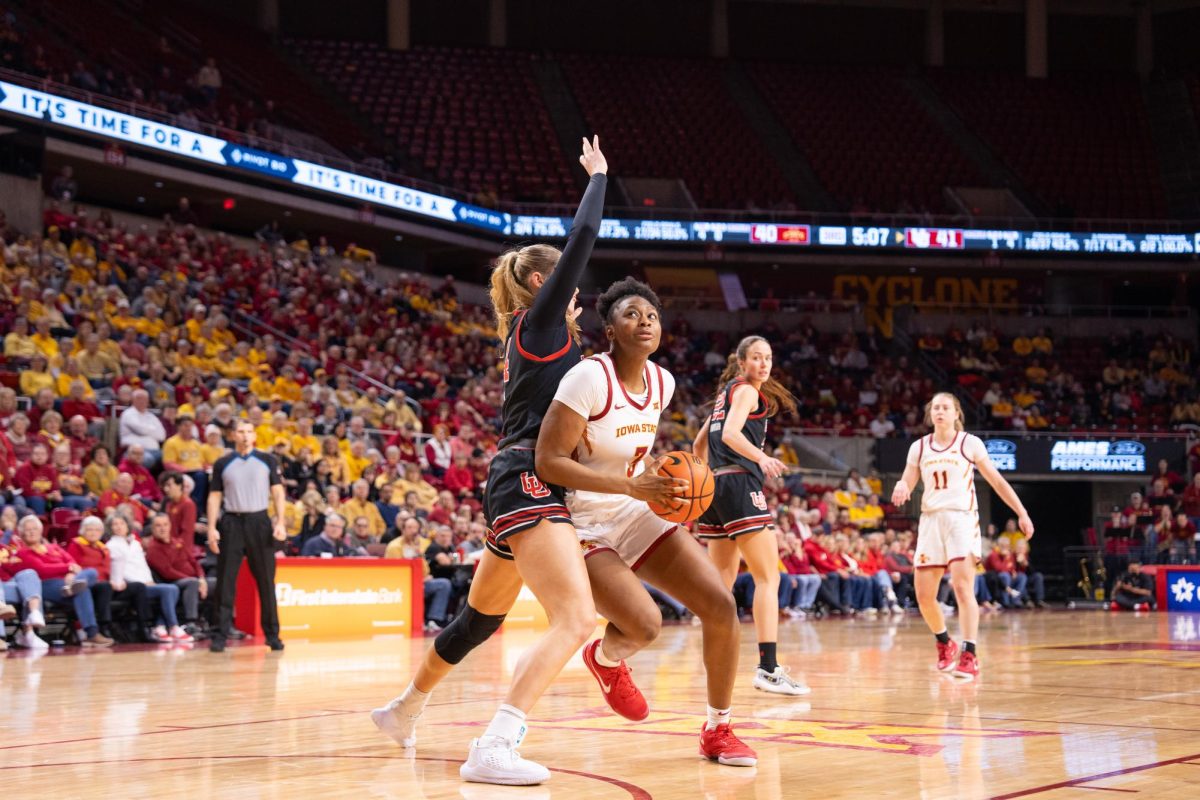Planting dates late due to rain
June 13, 2001
The wet spring has dampened Iowa farmers’ prospects for a profitable year.
The constant rainfall and dreary conditions are beginning to take a toll on Iowa planting dates, as many farmers have been unable to make it to their fields.
“For Iowa, normally the very last of our corn plantings would be the end of May or the first few days of June,” said Bob Wisner, university professor of agriculture economics. “Soybeans have a longer window of opportunity for planting, and we have, in some years, had soybeans planted almost into the middle of June in Southern Iowa. The risk does increase as planting dates are delayed.”
Gary Munkvold, associate professor of plant pathology, said he is very concerned about the wet planting season.
“When it’s very wet like this, it’s very favorable for pathogenic fungi in the soil to rot the roots of the plants. You really have several factors working against the plant,” he said. “When the soil is saturated the plant doesn’t grow well because of a lack of oxygen to the roots, which slows down the growth of the plants. In the meantime, the fungal pathogens are very happy, so there is a race between the two, and right now the fungal pathogens are winning.”
The abundance of rain is not the only problem farmers have noticed. The below-normal temperatures are causing damaging side effects as well.
“It’s not just a matter of fungi attacking the plants, but the cold weather is also making plants susceptible to that because they are not growing as well,” Munkvold said. “You don’t want to overlook insects. We are having a lot of damage from soil-borne insects – wire worms, cut worms and seed corn maggots.”
The delayed planting can leave the crop vulnerable to unfavorable weather conditions that would have otherwise been avoided.
“Planting delays push the corn pollination into the normally hottest time of the summer. Extreme heat, if it occurs during pollination, can severely reduce corn yields,” Wisner said.
Dale Farnham, assistant professor in agronomy extension, said another result of the planting delay is the decline in the effectiveness of herbicides and pesticides already applied to the field.
“The effectiveness of inputs that the farmer has perhaps already applied the field begins to erode,” he said. “Nitrogen fertilizer begins to leach throughout the root zone and herbicides will slowly begin to lose their effectiveness.”
As the window of opportunity for one crop closes, farmers options for planting are limited by what they have applied to their fields.
“There is a crop insurance program that has preventive planting features, and the government has reduced the price of that insurance substantially throughout the years. So, for the farmers who have that insurance and don’t get planted, there will be some benefits,” Wisner said.
Additional support from the government is uncertain.
“Whether we have disaster payments for preventive plantings will depend on political processes and that is difficult to predict,” Wisner said. “Prospects would be greater during a presidential election year, but in some non-election years we have had disaster payments for conditions such as these.”
Effects on the farm economy are not yet apparent.
Wisner said, “It is too early to tell at this point, but much hinges on the weather for the next 10 days to two weeks, and also the weather of the growing season.”






